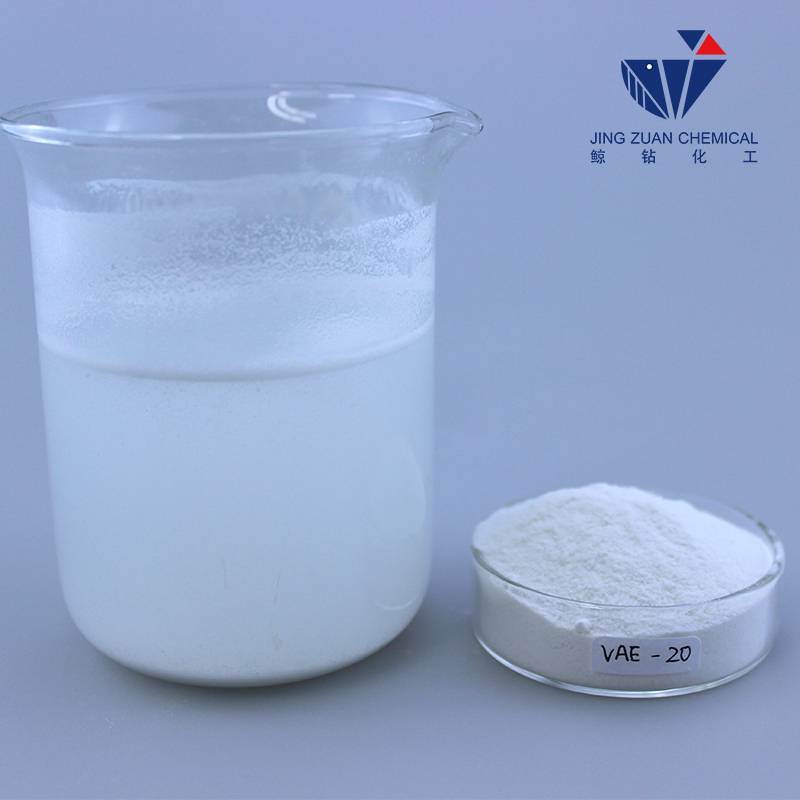
Oct . 04, 2024 12:29 Back to list
hec hydroxyethyl cellulose
Understanding Hydroxyethyl Cellulose (HEC) Properties and Applications
Hydroxyethyl cellulose (HEC) is a non-ionic, water-soluble polymer derived from cellulose, a natural polymer obtained from plant cell walls. HEC is widely recognized for its unique rheological properties, making it an indispensable ingredient in various industries including pharmaceuticals, cosmetics, food, and construction. This article delves into the properties, production, and applications of HEC, highlighting its importance in modern technology and daily life.
Properties of HEC
HEC is characterized by its high viscosity and excellent film-forming abilities. It is soluble in cold and hot water, forming a clear, viscous solution. This solubility is a significant advantage over other cellulose derivatives, allowing for easy incorporation into various formulations without the need for solubilizing agents. Additionally, HEC has good thermal stability and remains effective under a range of pH conditions, which further broadens its applicability.
The ability of HEC to modify the viscosity of solutions makes it particularly valuable in controlling the flow properties of liquids. In concentrations of 1-3%, HEC can produce solutions that thicken without significantly altering their physical appearance. This property is particularly advantageous in applications such as paint, where it helps achieve optimal consistency and application characteristics.
Production of HEC
The production of HEC involves the etherification of cellulose with ethylene oxide under alkaline conditions. This chemical modification process introduces hydroxyethyl groups into the cellulose molecule, enhancing the solubility and functionality of the polymer. The degree of substitution, affecting the properties and behavior of HEC in different formulations, can be adjusted during the manufacturing process. As a result, manufacturers can tailor HEC to meet specific requirements, whether it be for viscosity, solubility, or thermal stability.
Applications of HEC
hec hydroxyethyl cellulose

HEC's versatility leads to its extensive use across various sectors
1. Pharmaceuticals HEC is used as a binder and thickening agent in many pharmaceutical formulations, including topical gels and ointments. Its ability to enhance drug delivery and stability significantly benefits the pharmaceutical industry.
2. Cosmetics and Personal Care In lotions, creams, shampoos, and other personal care products, HEC acts as a thickener and stabilizer. It improves the texture and consistency of formulations while ensuring that active ingredients are effectively dispersed and absorbed.
3. Food Industry HEC is employed as a food additive, where it functions as a thickener and stabilizer in products such as sauces, dressings, and dairy items. It contributes to the desired mouthfeel and sensory characteristics of these products.
4. Construction In the construction industry, HEC is often added to cement and mortar formulations to enhance workability and adhesion. It helps improve the properties of construction materials, facilitating their application and performance.
Conclusion
In summary, hydroxyethyl cellulose (HEC) is a versatile polymer with a wide range of properties and applications. Its unique characteristics make it an essential ingredient across many industries. As innovation continues to drive new applications, HEC's role is sure to expand, reinforcing its significance in both industrial and consumer products.
-
Versatile Hpmc Uses in Different Industries
NewsJun.19,2025
-
Redispersible Powder's Role in Enhancing Durability of Construction Products
NewsJun.19,2025
-
Hydroxyethyl Cellulose Applications Driving Green Industrial Processes
NewsJun.19,2025
-
Exploring Different Redispersible Polymer Powder
NewsJun.19,2025
-
Choosing the Right Mortar Bonding Agent
NewsJun.19,2025
-
Applications and Significance of China Hpmc in Modern Industries
NewsJun.19,2025







